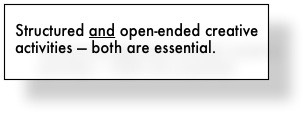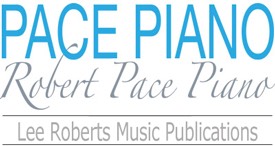Children at Play: An American History
By Howard P. Chudacoff, New York University Press, New York and London.
Copyright 2007 by New York University
"[Prior to the electronic era]...play was unrestricted by inflexible rules or software.... Most of the toys could be used in both intended and unintended ways [underline added]....Monopoly money...could serve countless purposes unrelated to the board game....The point is that many formal toys promoted improvisation and stretched a child’s imagination in a manner that, unlike today’s electronic toys, was not ruled by a media backstory (xiii)." - Howard Chudacoff -
In his book, Children At Play: An American History, Howard Chudacoff observes that over the past half century, children’s self directed play, centering around improvised and imagination-based activities, has been crowded out by activities not structured by children. Examples include electronic games, and adult-supervised sports. This erosion of the childhood experience of deciding what to play and how to play has consequences—children lose an important means of developing creative and executive functions.

• Implications for Music/Piano Teaching: Piano lessons can offer children creative and executive experience. But “structured” creative activities, such as playing a 4-bar question and answer, or varying a piece, should be balanced with less structured creative activities. Unlike structured creative activities, open ended activities allow children to involve themselves in their own completely self-initiated and self-directed creativity.
• Encouraging Spontaneous Innovation, and Creative Self-Direction: Teachers can help parents understand that it’s ok, and desirable, to allow children of any age some time to play what they choose, how they choose (well, not with a baseball bat!), for their own purposes. As teachers know, some parents mistakenly see all such experimentation as unacceptable “banging on the piano.”
• Teachers, also, can monitor the balance between structured and minimally structured creative activities they offer students. It isn’t necessarily laziness to say to a student “just make up anything you want -- you decide,” as an assignment for next week. Children begin by being able to do this before they encounter lessons. Keeping this going, along with more formal creative activities, encourages innovation, self control, and development of other important executive functions.
By Cynthia Pace, EdD.
Copyright © 2011 Cynthia Pace
No reproduction of this material permitted in any form without written permission of the copyright holder.
